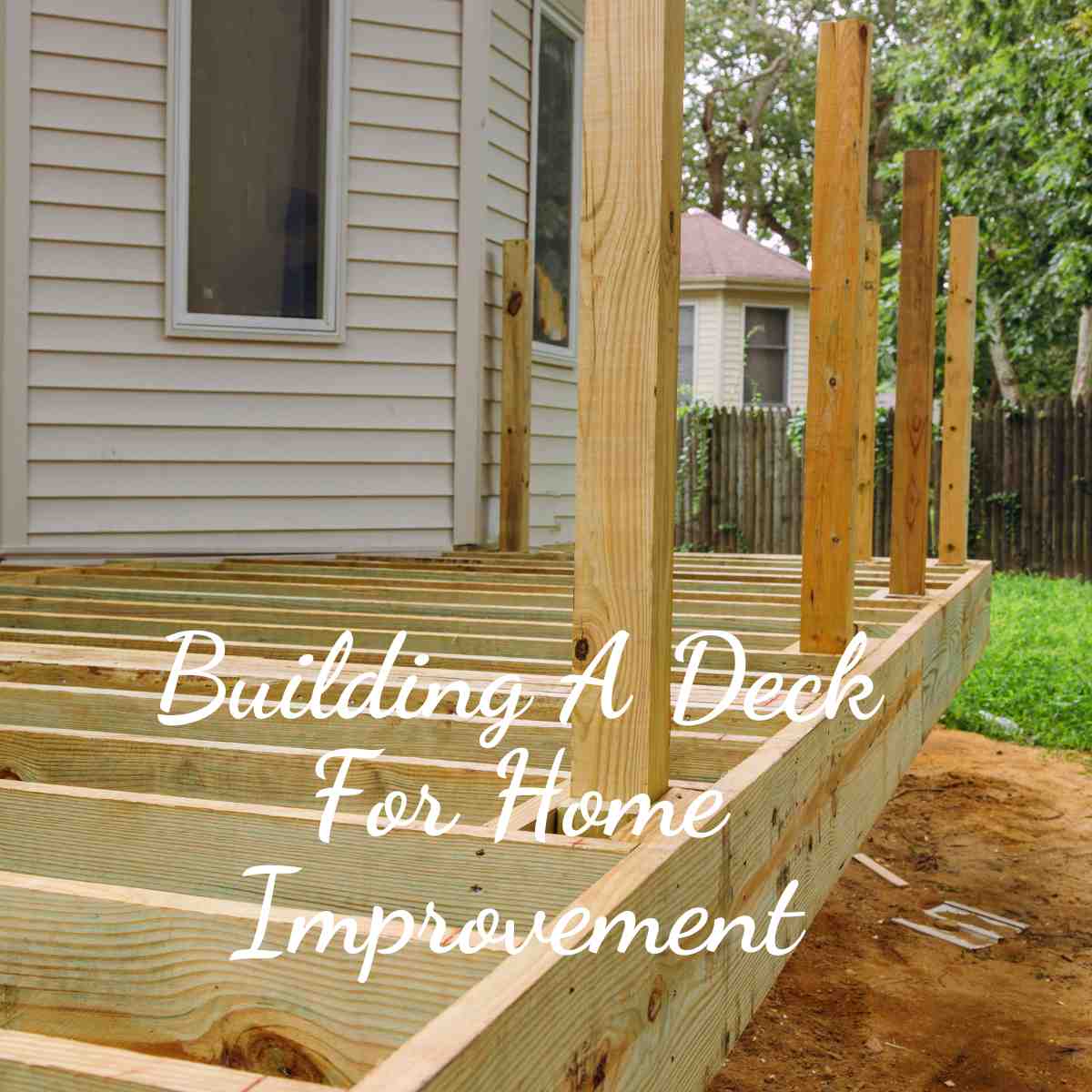
If you have decided to install a deck in your home then let us guide you through the task! It is one of the most popular home improvement projects and there are several things that you have to coordinate to get the best outcome! However, we have often seen that many of us are not able to execute the task properly! If you do not wish to be one of them then reading an instruction manual is always the best thing to do! Here is everything that you should know before you get started with the job!
General overview- if you are adding a deck to your home then it should at least last as long as half a century! But it is a common observation that we are not able to keep it intact for more than a couple of decades in most cases! Have you wondered why such a thing happens? Well, the technique or the raw materials may be the cause! We will teach you how to get a flawless deck!
Tips to keep in mind while designing a deck for your home
1. The roots and foundations are very important-
We have often heard this saying that a tree without its root or a weak foundation is likely to fall! This applies to the concept of deck construction as well! Usually, paved stones are used to lay the base on which the deck is designed! We will recommend you avoid such mistakes! Instead, you may make use of 12-inch Sonotubes to pour concrete piers that can act as the foundation of your deck!
2. Now make sure that the frame is strong enough-
The frame needs to be very sturdy if you are laying a deck in your home. You need to consider the thickness of the beam which can supper the deck! Unengineered and saggy beams are certainly going to make all effort go down the drain. You may calculate the thickness of the beam and the distance it will spread on a calculator which is available online! That is how engineers work and if this is a DIY project for you then refer to the online span calculator to accomplish the task.
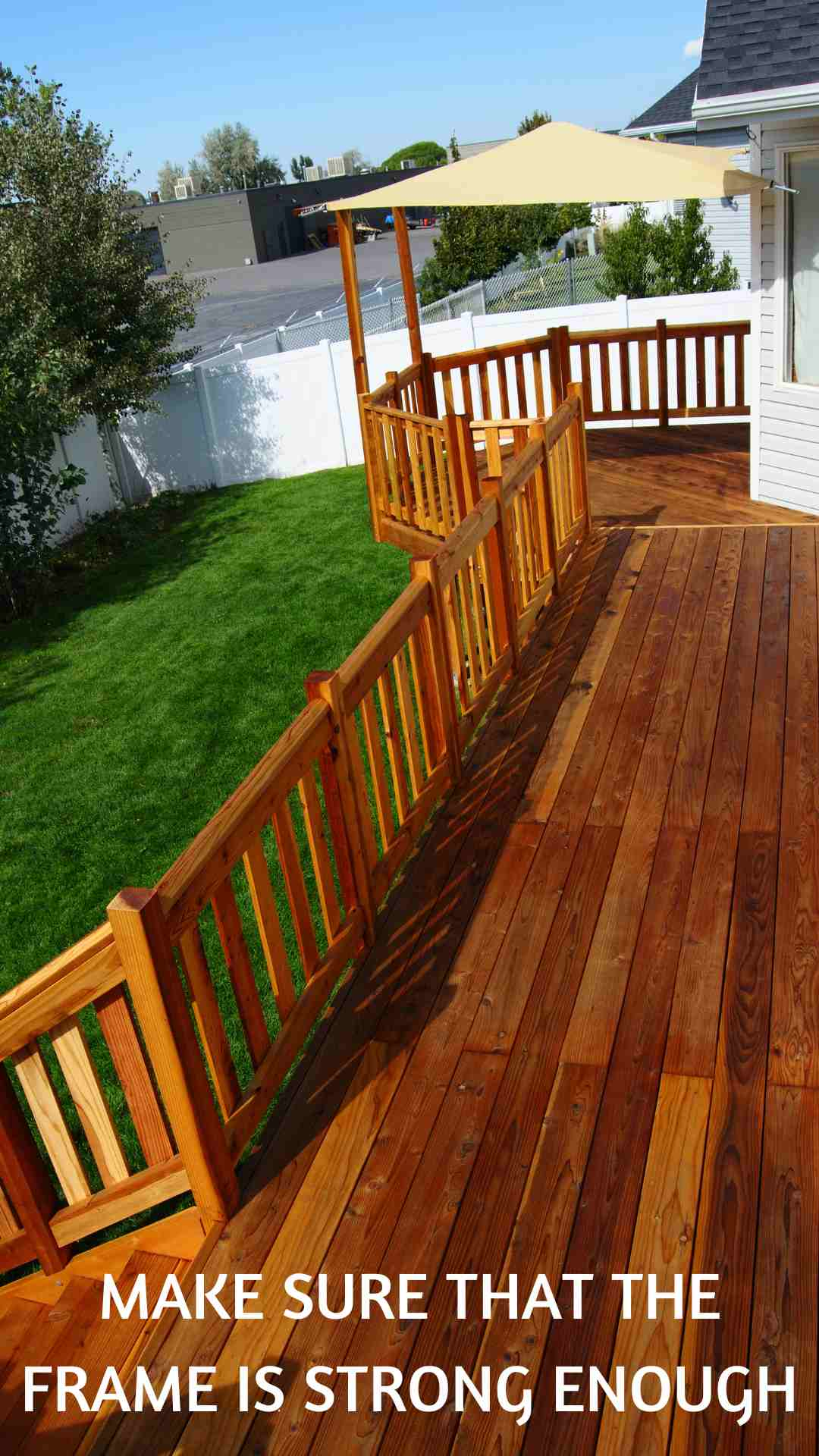
3. Avoid cutting into the siding-
This is a very common practice that the frames are anchored to the adjoining building by cutting into the siding! We recommend you completely avoid this practice. This leads to moisture seeping into the frame and causing rot and bacteria growth! The microbial growth of fungi and mosses can gradually make the wooden frames weak and destroy them totally over time. This compromises the quality of both the deck as well as the wall and you will not even realize the damage moisture causes unless it is too late.
Pouring a foundation pier right next to the building can solve this problem easily. This will prevent direct contact between the wall and the pier and any sort of damage with moisture.
4. Choose a good quality wood-
Let us tell you that thick lumber is just not enough! You also have to take care of the quality of the lumber! We recommend you use either Eastern white cedar or pressure-treated spruce when you are looking for wood to construct the deck for your house. These are rot-free and have natural preservative oil which increases the longevity of the lumber!
5. Wood-to-wood interaction and contact should be reduced-
Repeated exposure to rain is likely to cause some sort of damage and rot to the wooden planks even if they are treated to be more durable! So the best idea is to reduce wood-on-wood contact so that the moisture is unable to spread quickly. A gap should be left near the joist between the two wooden planks. As a result, the rainwater can find space to trickle down instead of getting collected at the joints. Since the beams are bolted into the foundation piers, these gaps are not going to affect the strength of the deck. Further, they are tied together at the joist to enhance the strength even more.
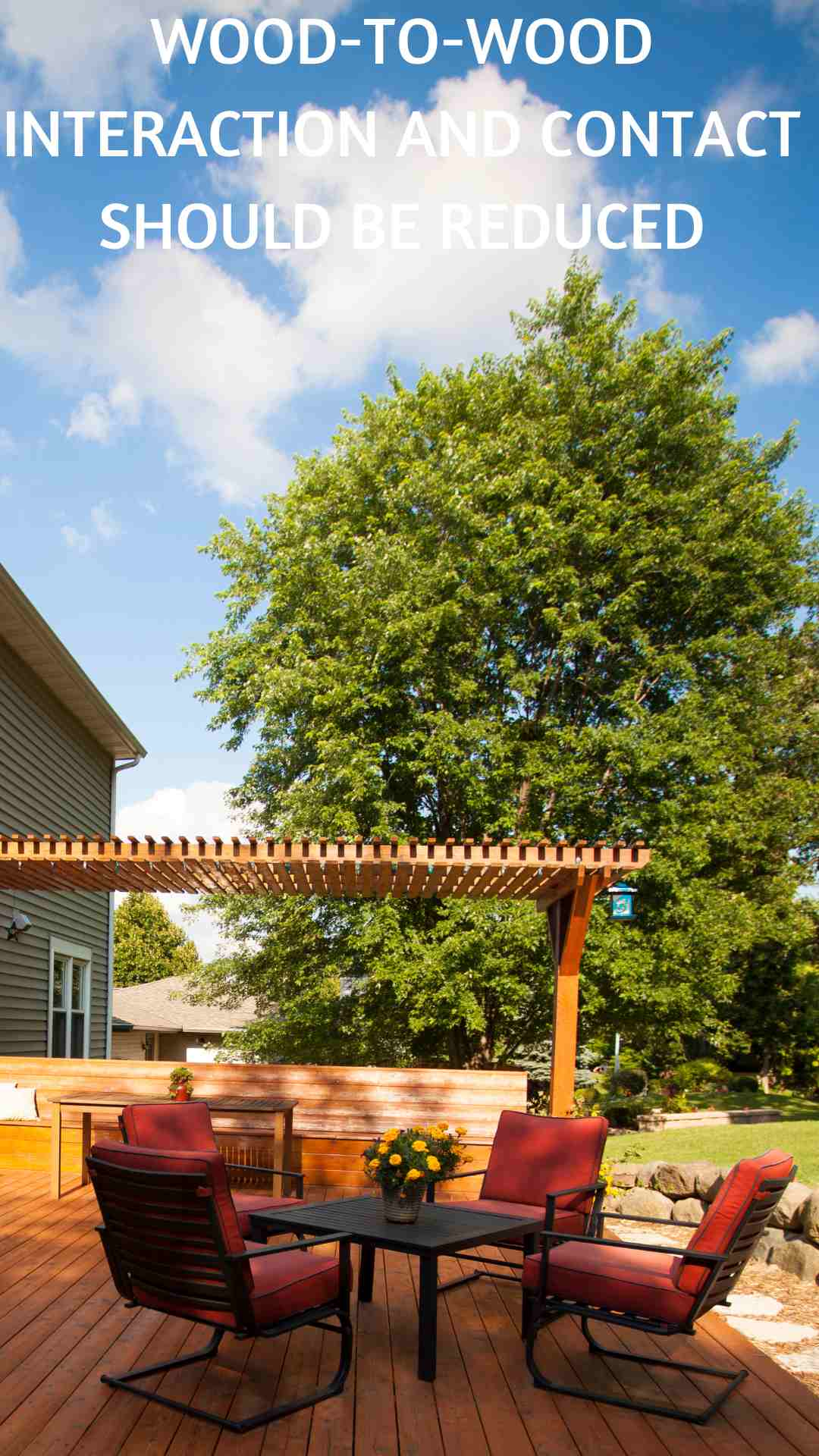
6. Stainless steel and galvanized fastener-
another important thing that we often skip noticing is the nails! If these rots and rust then the deck is eventually going to fall apart! Make sure you are using the rust-resistant variety for the completion of the task. Hence stainless steel nails are the best choice. You can even try the hot-dipped galvanized framing nails or polymer-plated screws and not the zinc-coated ones.
7. Go for composite decking-
Wood is the most widely used material when one is constructing a deck but we are aware of the fact that wood is prone to rot, chipping, and damage! Hence the advancements in the construction field have come up with composite decking material which although slightly costlier than wood, is regarded as a one-time investment! These are rot free and much more durable! And the best part is composite decking material does not need any finishing, unlike wood which needs to be recoated every year. Some of these are even more modified to have advanced invisible coating which can even hide the nails giving a gorgeous look to the deck!
8. Gaps are a must-have-
As we already mentioned, it is highly essential for you to leave gaps between the planks so that the water rain does not get stagnated between the layers. ⅛ inches of space is absolutely needed between each of the planks. Dirt and moisture accumulation reduces the longevity of the deck! Even on composite decking, these are some of the small precautions that you should maintain! Allow the moisture and water to flow out as much as possible.
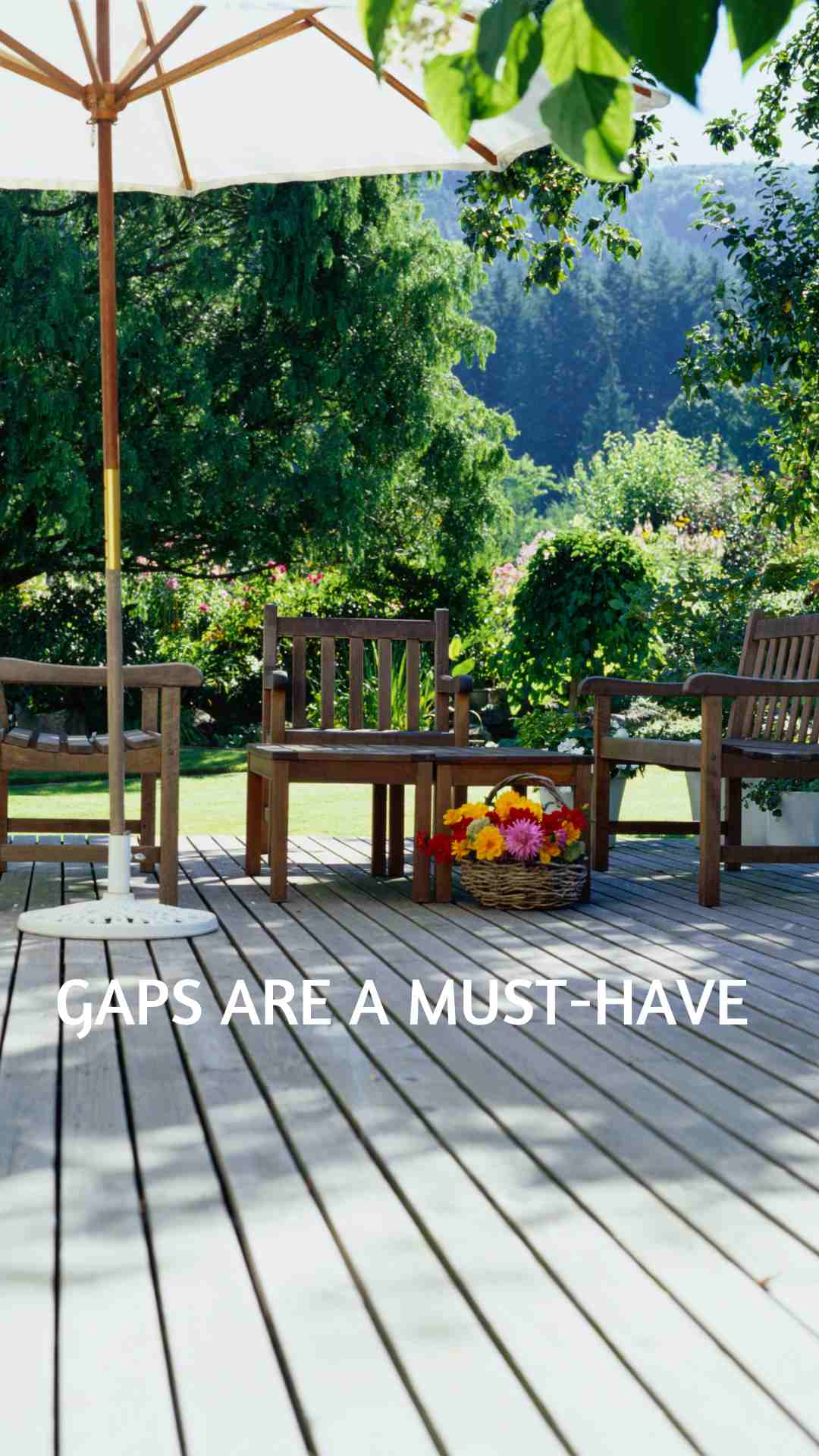
Are you having budgeting issues during deck construction-
Every project concerning home improvement requires a certain amount of investment! But the expenditure increases manifold if you do not plan your budget properly! If you are facing a similar problem in the case of the construction of the deck then we are here to help you out!
How much is the price for the construction of a deck-
The average cost for the construction of a deck is about $12,600 on average. For purchasing lumber the price is somewhere around $8-$10 per square foot if it is a DIY project otherwise the price escalates to $30 when you consult a professional for assistance. We can clearly see that the price of construction is double when you are hiring a contractor compared to a DIY project!
Check out the examples below for further reference-
1. 8×8 foot raised decks-
- Cost for a DIY project- $1,300
- Cost for a professional job- $3,200-$4,800.
2. 12x16-foot Raised Deck:
- Cost for a DIY project- $3,100
- Cost for a professional job- $3,700- $9,700.
3. 16x16-foot Raised Deck:
- Cost for a DIY project- $5,600- $9,800.
- Cost for a professional job- $7,800-$15,500.
Make a good choice of contractor-
Making the right choice of contractor is very important! Someone who can work within your budget and provide quality material and great performance are what you should look for! Do not start working hastily with the first contractor you come across! Check a couple of them and then finalize with one! If you haven't worked with this particular company before, look for customer reviews and talk to them personally before you negotiate the deal. Make sure that you at hiring an authentic contractor who assures you a quality job!
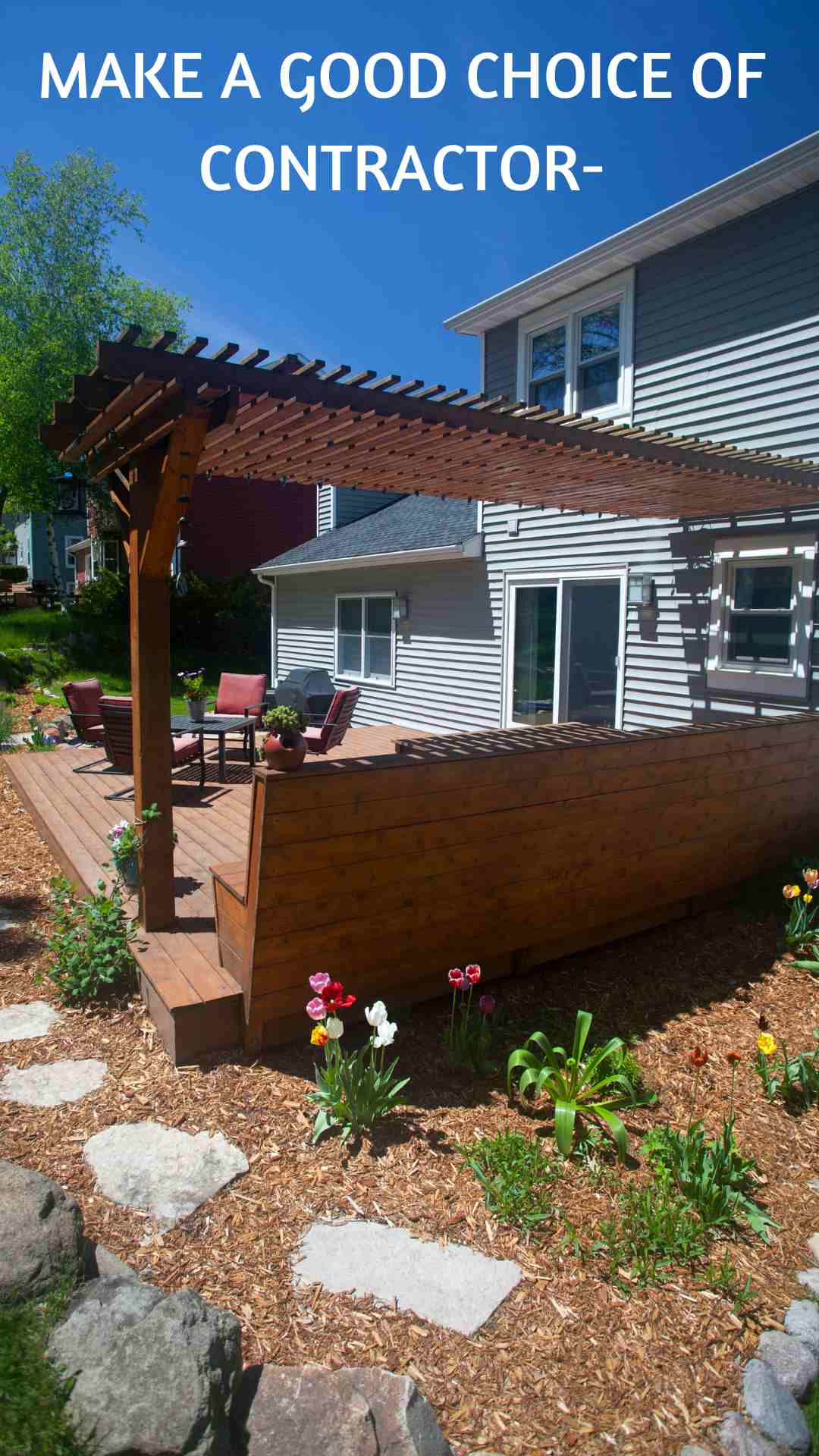
There may be additional tax increments and insurance costs-
It is a rule that when you add some feature to your home which increases the improvement value, the tax rates also escalate. Then you also need to speak to the insurance company so that they cover your deck under the insurance policy of your home. These are some of the basic financial security that you should ensure!
How to plan the budget for the construction of the deck- if you do not have instant cash in hand then the construction of the deck can be done with the aid of a personal loan!
Another thing that you should consider during the project is the fact that one contingency fund is required! It might most likely happen that your cost of construction is exceeding the budget! But you certainly can not halt the work, right? This is the time when the emergency fund will come to your rescue!
What are the two types of outdoor decks-
There are two styles in which you may construct an outdoor deck for your home-
- Free-styling outdoor deck- this is the floating or ground-level outdoor deck. You can construct them next to the building or in the yard and generally a permit from the government is not required.
- Attached or fixed deck- these are elaborate structures and taller, requiring a footing, guard, and railing as well!
Conclusion- the common materials that are used in making outdoor decks are as follows-
- Composite- this is a composition of recycled plastic and wood fiber.
- Fiberglass- beneficial for laying the lower area of the deck to keep it dry!
- Tropical hardwood- Ipe and tiger wood, redwood, and cedar along with pressure-treated wood are some of the common lumber that is used in the construction process.





Leave a Reply